Here's a zoologist at Rivebanks Zoo showing me and my Cub Scout Troop a real live baby Loggerhead.
Monday, December 17, 2007
Behind the Scenes at the Zoo's Aquarium Complex
Here are some behind-the-scenes pictures from the Aquarium at Riverbanks Zoo, taken on our Cub Scout sleep-over at the zoo.


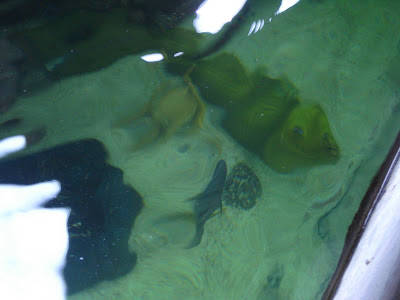


Sunday, December 16, 2007
Behind the scenes at the Reptile House at the Zoo
In December, my Cub Scout Troop go to spend the night at Riverbanks Zoo and get a tour behind the scenes. Here are some pictures from inside the reptile house.
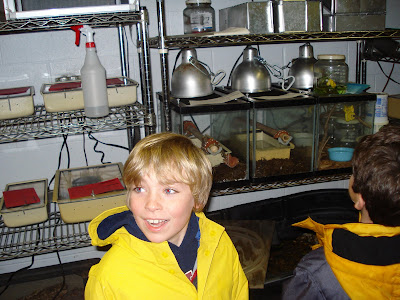

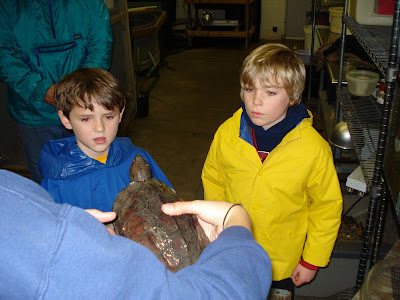

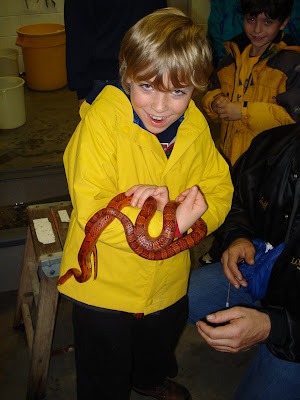


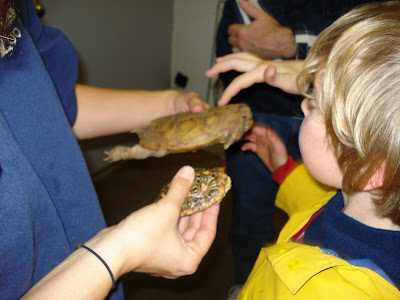


Saturday, December 1, 2007
Friday, November 30, 2007
AMUR (SIBERIAN) TIGER
Saturday, November 24, 2007
Naked Mole Rat
Naked Mole Rat, from the BBC's "The Life Of Mammals" Ep4
Sunday, November 18, 2007
Koala
Here's Gator Grant at Riverbanks Zoo, talking about Koalas.
Labels:
Endangered,
Grant,
Marsupial,
Videos,
Zoo Visits
Saturday, November 17, 2007
Sunday, November 11, 2007
Saturday, November 10, 2007
Swan
Here I am with a hungry Swan on Lake Susan in Montreat, NC.
For more info, check out: http://en.wikipedia.org/wiki/Swan
Wednesday, October 17, 2007
Sunday, September 16, 2007
Sunday, September 9, 2007
Sunday, September 2, 2007
Endangered Animals
An endangered animal cannot be hunted because there's not a lot of that animal around anymore. They are in danger of becoming extinct or no longer on the earth.You can see an endangered animal near you. The next several posts will focus on some of these rare creatures.
Giant Panda
Many people like pandas because they look so cute and cuddly. I don't know why someone would even want to hunt a panda. Wild panda bears live in central China. A newborn panda looks like a bald hamster or a naked mole rat. It is very tiny at first. Most pandas have only 1 cub, but if they have 2 at a time, they will abandon one of them because they can only care for 1 at a time. 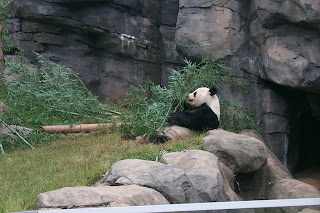
Diet: Pandas eat mostly bamboo-about 25 pounds a day, actually. But they will occasionally eat meat such as eggs or fish so they are classified as carnivores or meat eaters even though 99% of their diet is herbivore or plant eating. They also like honey just like other bears.
Relatives: the red panda, also from central China, is closely related to the giant panda. It is much smaller and looks more like a raccoon. For many years scientists believed that the giant panda was a part of the raccoon family. Now testing shows that they are really bears. 
Where are they?: There are about 2000 giant pandas living in the wild in China and studies say that their numbers are growing. But there are 9 living here in the United States on loan from China. One baby panda born here at the San Diego Zoo in California also belongs to China. They are also at the National Zoo in Washington, DC; the Atlanta Zoo in Georgia. And two new pandas are located at the Memphis Zoo in Tennessee. And you can see Red Pandas at the Nashville Zoo in Tennessee also. I went with my family a few years ago to see Lun Lun and Yang Yang in Atlanta, Georgia. The zoo is located, by the way, in Grant Park. They were really cool! Here are some photos we took. See if you can guess which one is the panda and which one is my dad. If you live near one of these zoos with pandas, it is certainly worth the trip to go see them.
Monday, August 27, 2007
Alligators

The name alligator is from the Spanish el lagarto ("the lizard"), the name the early Spanish explorers and settlers in Florida called the alligator. There are two living alligator species: the American Alligator (Alligator mississippiensis) and the Chinese Alligator (Alligator sinensis). An average American alligator's weight and length is 800 lbs. and 13 feet long. According to the Everglades National Park website, the largest alligator ever recorded in Florida was 17 feet 5 inches long (5.3 meters). The largest alligator ever recorded measured 19 feet 2 inches (5.8 meters) and was found on Marsh Island, Louisiana. Few of the giant specimens were weighed, but the larger ones could have exceeded a ton in weight. The Chinese Alligator is smaller, rarely exceeding 7 feet (2 meters) in length. An alligator's lifespan is usually estimated in the range of 50 years or more. Alligators are reptiles and lay eggs to have their babies.
Habitat:
Alligators live in freshwater lakes, rivers, and swamps. They occasionally live in brackish water. The only 2 countries in the world where alligators are found are the U.S. and China. American Alligators live in freshwater environments, such as ponds, marshes, wetlands, rivers, and swamps, as well as brackish environments. The Chinese alligator is endangered and lives only in the Yangtze River valley. There are only estimated to be a couple of dozen left in the wild. There are many more of these alligators in zoos around the world than in the wild.
How Alligators are different from Crocodiles:
While alligators are often confused with crocodiles, they are as different from one another as humans are from gorillas. Alligators mainly differ from crocodiles by having wider and shorter heads and in having the toes of the hind feet webbed not more than half way to the tips. Also, alligators preferring fresh water, while crocodiles can tolerate salt water due to specialized glands for filtering out salt. Also, crocodiles tend to be more dangerous to humans than alligators. Alligators have U-shaped heads, while crocodiles are V-shaped. Crocodiles have a longer narrower snout, with eyes further forward. Only the upper teeth are visible when an alligator's mouth is closed, while a crocodile's mouth will reveal both upper and lower teeth. Crocodiles' jaws are more narrow and are used to tear and grip on prey, while alligators' jaws are meant to crush bones.
For more information check out:
http://www.crocodilian.com/
http://www.nps.gov/archive/ever/eco/gator.htm
Sunday, August 26, 2007
Welcome to the world of Gator Grant
Here at Gator Grant's, we talk about animals. I will publish articles, pictures, and videos about animals from around the world. I am nine years old and planning to one day be a zoologist like Steve Erwin. I hope you find the information on this site helpful. Thanks for visiting.

Subscribe to:
Posts (Atom)



